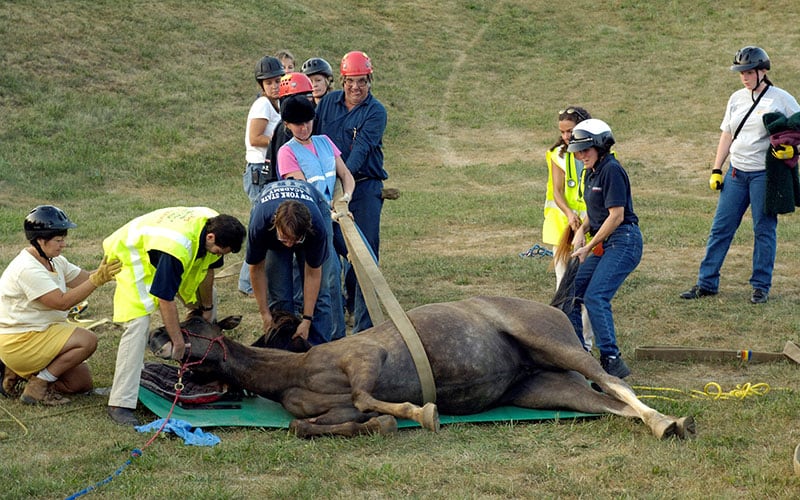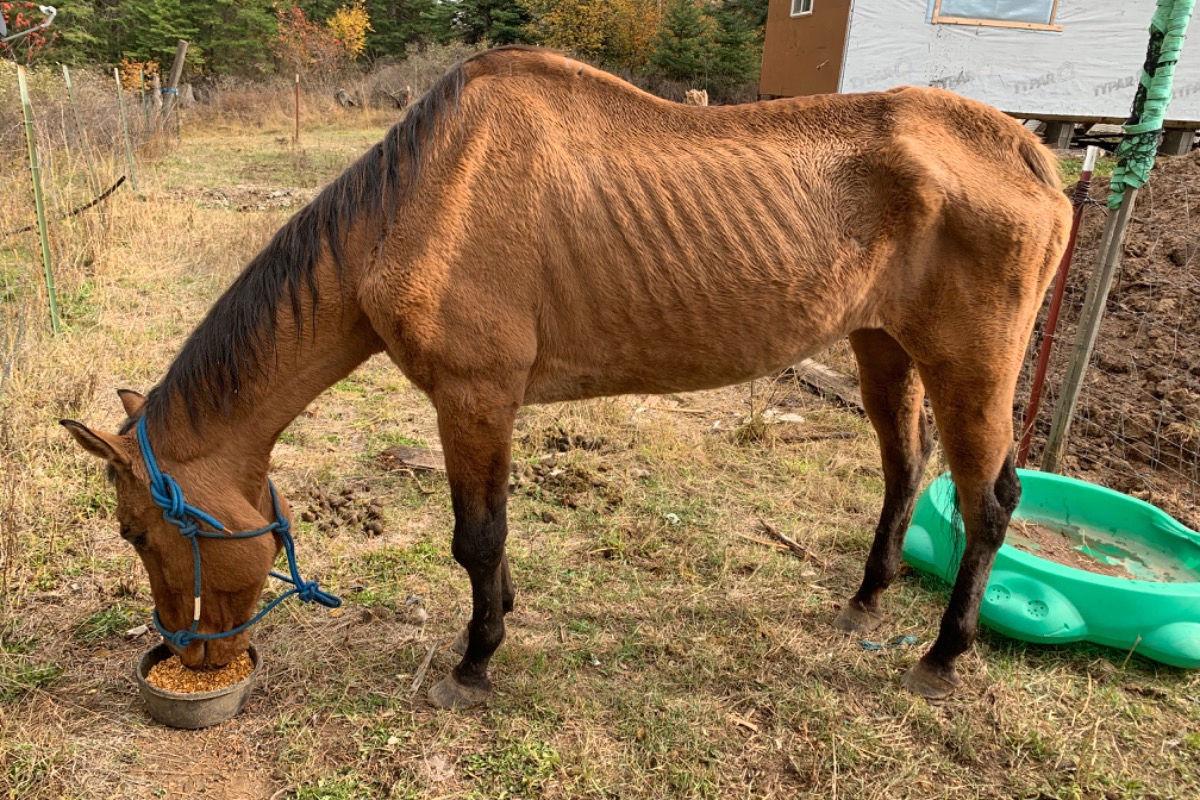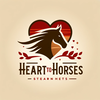As a horse owner, one of the most difficult decisions you may have to face is putting your beloved equine companion down. Whether due to age, illness, or injury, euthanasia is often considered the most humane option for ending a horse’s suffering. However, it is also a decision that comes with a great deal of emotional and practical considerations. In this article, we will explore the process of putting a horse down and offer guidance on how to navigate this difficult decision.
Read more:
- Can Horses Eat Grapes? – All Important Things You Should Know
- Flaxen Liver Chestnut Horse The Beauty of a Rare Color
- Horse Riding in London A Guide to Exploring the City on Hooves
- Exploring the Magnificent Westbury White Horse
- The Golden Horse Name A Reflection of Honor and Prestige
- How to Put a Horse Down Understanding the Euthanasia Process
What is Euthanasia?

Euthanasia, also known as mercy killing, is the act of intentionally ending a life in order to relieve pain and suffering. This can be done through various methods, such as lethal injection, gunshot, or overdose of medications. In the case of horses, euthanasia is usually performed through a lethal injection administered by a veterinarian.
When is Euthanasia Appropriate for Horses?
The decision to put a horse down should never be taken lightly. It is important to consider the horse’s quality of life, as well as their prognosis for recovery from any illness or injury. Some common reasons for euthanasia in horses include:
- Irreversible or untreatable health conditions
- Severe injury or lameness
- Chronic pain or illness that cannot be managed
- Old age and declining health
Ultimately, the decision to euthanize a horse should be made in consultation with a veterinarian and based on what is best for the horse’s wellbeing.
The Euthanasia Process
Putting a horse down is a delicate and emotional process, but it is important to ensure that the horse’s passing is as peaceful and painless as possible. Here are the steps involved in the euthanasia process:
- Consult with a Veterinarian: As mentioned, it is crucial to consult with a veterinarian when considering euthanasia for your horse. They will be able to assess the horse’s condition and provide guidance on the best course of action.
- Choose a Method: There are a few different methods of euthanasia available for horses, including lethal injection, gunshot, and overdose of medications. Your veterinarian will recommend the most appropriate method based on your horse’s situation.
- Prepare the Horse: Before the procedure, the horse may need to be sedated or restrained in order to ensure their safety and reduce any potential distress.
- Administer Euthanasia Solution: Once everything is in place, the veterinarian will administer the euthanasia solution, which will quickly and painlessly stop the horse’s heart and breathing.
- Aftercare: After the horse has passed, you may choose to have their body removed by a rendering service or buried on your property. Your veterinarian can offer guidance and resources for aftercare options.
The Emotional Impact of Euthanasia

The decision to put a horse down can be emotionally taxing on owners and caregivers. It is important to acknowledge and process these emotions in a healthy way. Here are some tips for coping with the emotional impact of euthanasia:
Seek Support: Lean on family, friends, and fellow horse owners who understand what you are going through. You may also find support through online forums or grief counseling.
Reflect on the Good Times: While it is natural to grieve after losing a beloved horse, it can also be helpful to remember the happy memories and moments you shared together.
Take Care of Yourself: During this difficult time, it is important to take care of yourself. Make sure to eat well, get enough rest, and engage in activities that bring you joy.
FAQs About Putting a Horse Down

What is the Cost of Euthanasia for Horses?
The cost of euthanasia for horses can vary depending on the method used, the location, and any additional services such as body removal. On average, it can range from $200 to $500.
Can I Be Present During Euthanasia?
Yes, many veterinarians allow owners to be present during the euthanasia process if they wish. However, it is important to consider whether you will be emotionally able to handle it.
How Long Does the Euthanasia Process Take?
The euthanasia process itself typically takes a matter of minutes once the solution has been administered. However, the preparation and aftercare may take longer.
Is Euthanasia Painful for Horses?
No, euthanasia is designed to be quick and painless for the horse. They are usually given a sedative beforehand to help them relax and minimize any stress or discomfort.
What Do I Do With My Horse’s Remains?
You have several options for your horse’s remains, including burial on your property or arranging for removal by a rendering service. Your veterinarian can provide resources and guidance for aftercare.
Conclusion

Putting a horse down is never an easy decision to make, but it is often the most compassionate choice when a horse is suffering. By understanding the euthanasia process and seeking support during this difficult time, you can ensure that your beloved equine companion passes peacefully and with dignity. Remember to take care of yourself and honor the memories you shared with your horse.

